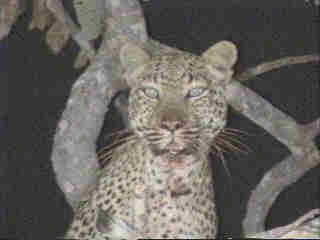|
| Query: Leopard | Result: 1255th of 1434 | |
Leopard in Tanzania
| Subject: | Leopard in Tanzania
| | Poster: | Vern Moore (vmoore@inficad.com)
| |

| File size : 6145 bytes
File date : 2000:05:31 16:31:50
Resolution: 320x240
Jpeg process : Baseline
Posted Newsgroups: alt.binaries.pictures.animals
Posted Date: Fri, 31 Jan 1997 00:18:52 -0700 |
ERROR : Server Busy(-1105)
ERROR : Server Busy(-1105)
Leopard in Tanzania
--
Travels, Safaris & Wildlife | ("-''-/").___..--''"`-._
http://www.inficad.com/~vmoore | `6_ 6 ) `-. ( ).`-.__.`)
Stop by for a look around.. | (_Y_.)' ._ ) `._ `. ``-..-'
Many Photos, Articles & more. | _..`--'_..-_/ /--'_.' ,'
EMail: vmoore@inficad.com | (il),-'' (li),' ((!.-'
Content-Type: image/jpeg; name="aleoprd3.jpg" |
^o^
Animal Pictures Archive for smart phones
^o^
|
|

